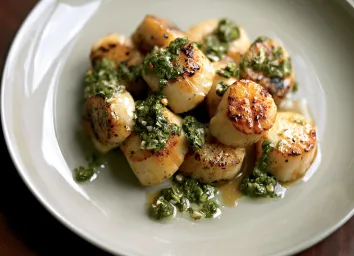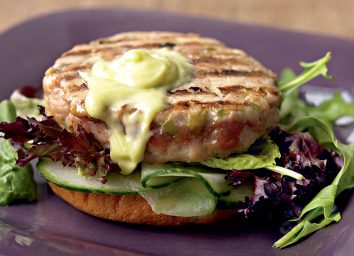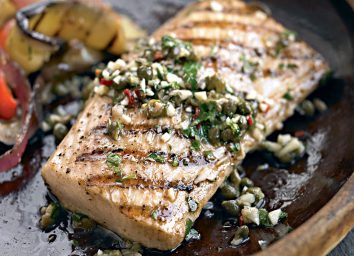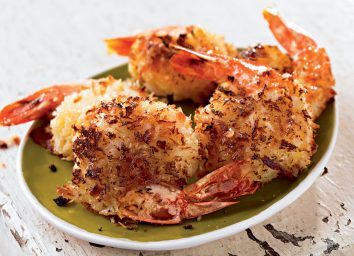A Flavorful Miso-Glazed Scallops Recipe
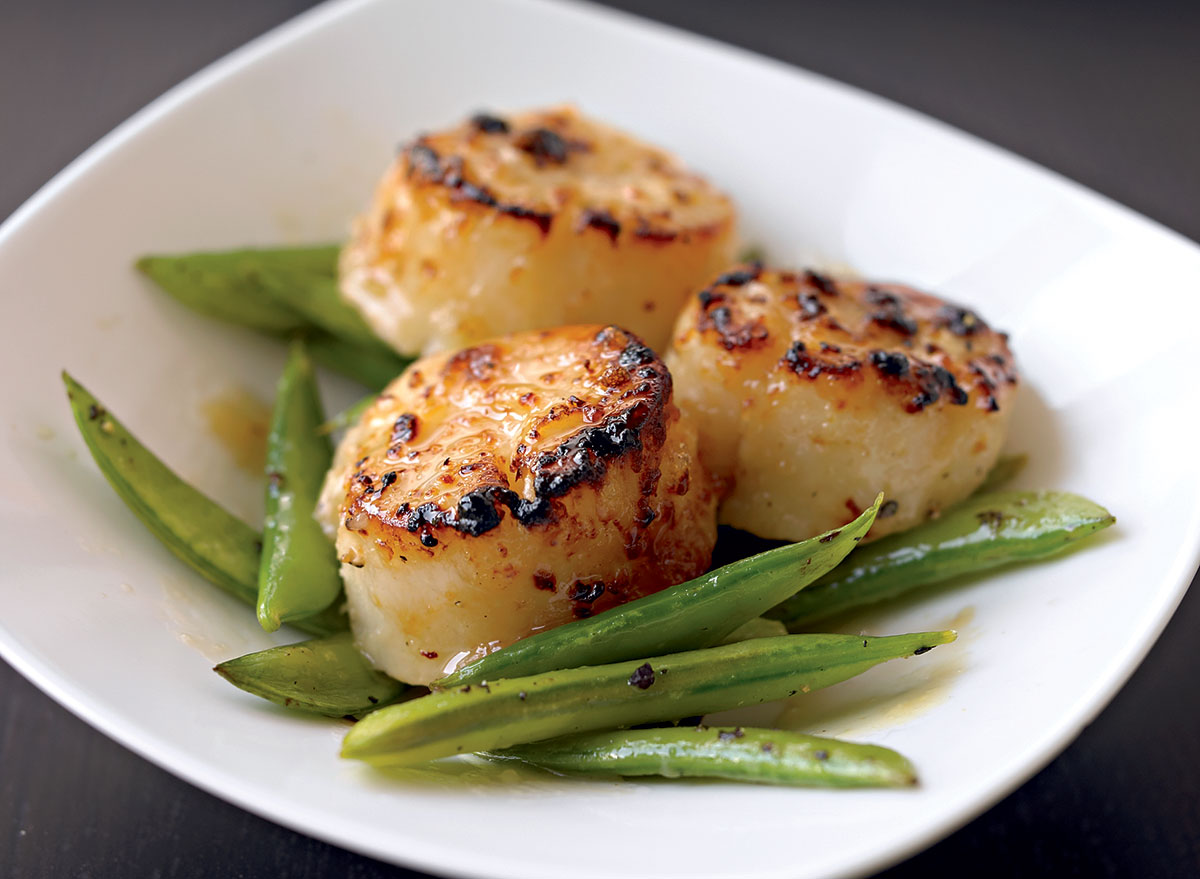
Pureed fermented soybeans might not sound like good eats, but miso is one of the culinary world's greatest flavor enhancers. The credit goes to miso's huge dose of umami that it contributes to soups, dressings, and marinades. You'll find a variety of miso pastes in the refrigerator section of upscale grocers such as Whole Foods. The more intense red miso can take a pedestrian steak to a new stratosphere, while the milder white miso proves a perfect marinade for fish and seafood. If you can't find miso at a store near you, score some online at asianfoodgrocer.com. But once you try out this miso-glazed scallops recipe, you're bound to want to put miso in everything.
Nutrition: 300 calories, 15 g fat (1.5 g saturated), 920 mg sodium
Serves 4
You'll Need
1⁄2 cup white miso paste
1⁄2 cup sake
1⁄4 cup sugar
1⁄4 cup canola oil
1 lb large scallops, tough membranes removed
2 cups sugar snap peas
1⁄2 Tbsp sesame oil
Salt and black pepper to taste
How to Make It
- Combine the miso, sake, sugar, and oil in a mixing bowl and whisk to thoroughly combine.
- Transfer one-fourth of the mixture to a small bowl, cover, and refrigerate. Add the scallops to the remaining miso, turn to coat, and marinate in the fridge for at least 2 hours and up to 12.
- Preheat the broiler.
- Place an oiled baking sheet or large cast-iron skillet 6" beneath the broiler.
- Remove the scallops from the marinade and pat dry.
- Toss the sugar snaps with the sesame oil and salt and pepper to taste.
- When the baking sheet is very hot, carefully remove and arrange the sugar snaps and scallops on the sheet.
- Return to the oven and broil for 5 to 6 minutes, until the scallops are thoroughly browned and firm and the sugar snaps are tender.
- Serve the scallops and snap peas with a drizzle of the reserved miso sauce.
Eat This Tip
Salty, sour, sweet, bitter…umami? Considered the fifth main flavor group, umami can best be described as an intense, savory flavor found in tomatoes, mushrooms, Parmesan, and more. The Japanese in particular prize umami, and many of their staples contain big doses of it, from soy sauce to dried seaweed to miso paste. A good rule of thumb: The more umami in your food, the better it will taste.
Love this recipe? Subscribe to our Eat This, Not That! magazine for even more at-home cooking and healthy eating ideas.
